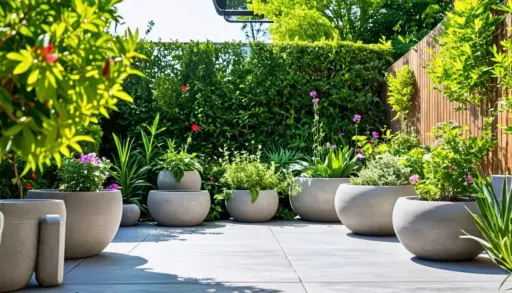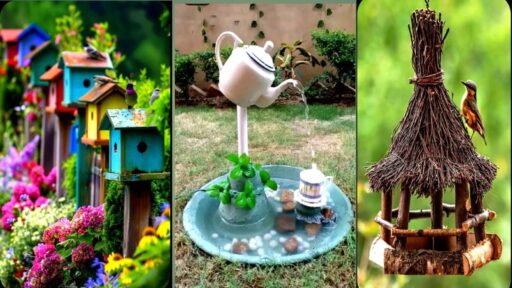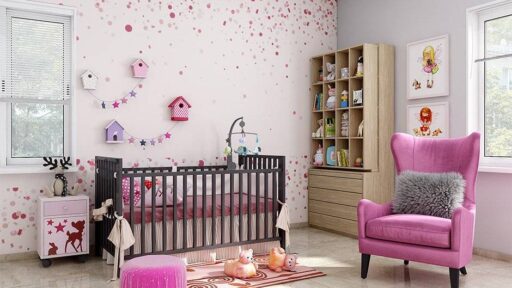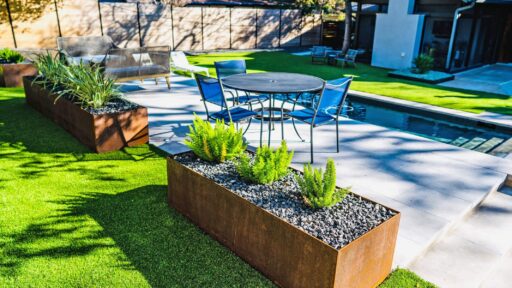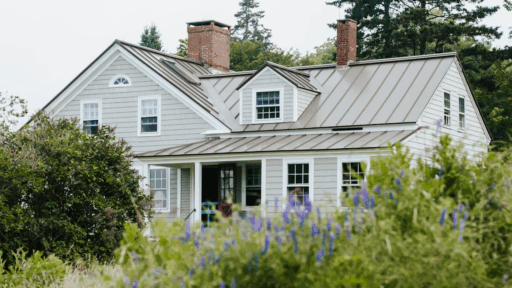Concrete planters do more than just hold plants; they can be important for both the safety and beauty of any space. The best concrete planters provide a strong barrier and stylish look at the same time, making them a smart choice for public areas, businesses, and private homes. When looking for concrete planters for perimeter security, it is important to pick options that are both sturdy and pleasing to the eye.
Size, weight, and shape all play a part in how concrete planters fit into a design. Some planters are made specifically to add an extra layer of safety without sacrificing the look of an outdoor or indoor setting. For those searching for the right balance of function and appearance, there are a variety of concrete planters for perimeter security that are designed both to stand out and to serve a purpose.
Many people choose concrete planters because they are durable, hard to move, and can handle changing weather. Picking the right one depends on the area, the look you want, and the level of protection needed. By selecting wisely, anyone can boost both the safety and the style of their property.
Key Considerations for Safe and Attractive Concrete Planters
Safety and beauty are both important when picking concrete planters. The right choice depends on how strong the planter is, how heavy and big it needs to be, and the style of its shape and edges.
Assessing Structural Integrity and Safety
Planters must be strong enough to hold wet soil and plants without cracking. The wall thickness matters—a good thickness is usually around 2-3 inches for most sizes. Thinner walls may break or chip more easily.
Proper drainage holes prevent water from pooling, helping to avoid root rot and reducing the risk of damage from freezing temperatures. Planters should have smooth, finished edges to protect hands from scrapes during planting or moving.
Checklist for Safety:
- Walls at least 2 inches thick
- Reinforced corners
- Drainage holes present
- No sharp or rough edges
Selecting the Appropriate Size and Weight
Concrete planters can be much heavier than other materials. Size affects both the weight and the amount of room plants have to grow. Larger planters should have thicker walls to stay strong.
A planter that is too heavy is hard to move and could hurt someone if dropped. Plan for where the planter will sit most of the time, as moving it later may be hard. Weight also helps keep the planter from tipping over in windy areas.
Size and Weight Guide:
| Planter Size (inches) | Recommended Wall Thickness | Estimated Weight (lbs) |
|---|---|---|
| 12 (small) | 2 | 30-40 |
| 18 (medium) | 2.5 | 60-80 |
| 24+ (large) | 3 | 100+ |
Choosing the Right Shape and Edge Design
Shape affects both how the planter looks and how well it supports plants. Rounded shapes spread stress more evenly and are less likely to develop cracks. Tall, narrow planters may tip if they are not weighted or if the base is too small.
Edges should be smooth, not sharp, to avoid injury. Straight edges give a modern look, while curved edges often lend a softer appearance. Some designs add texture for visual interest, but very rough surfaces can be uncomfortable to touch.
Benefits of Thoughtful Shape and Edge Design:
- Safer handling
- Balanced and stable placement
- Style options to fit different spaces
Design and Placement Tips for Improved Curb Appeal
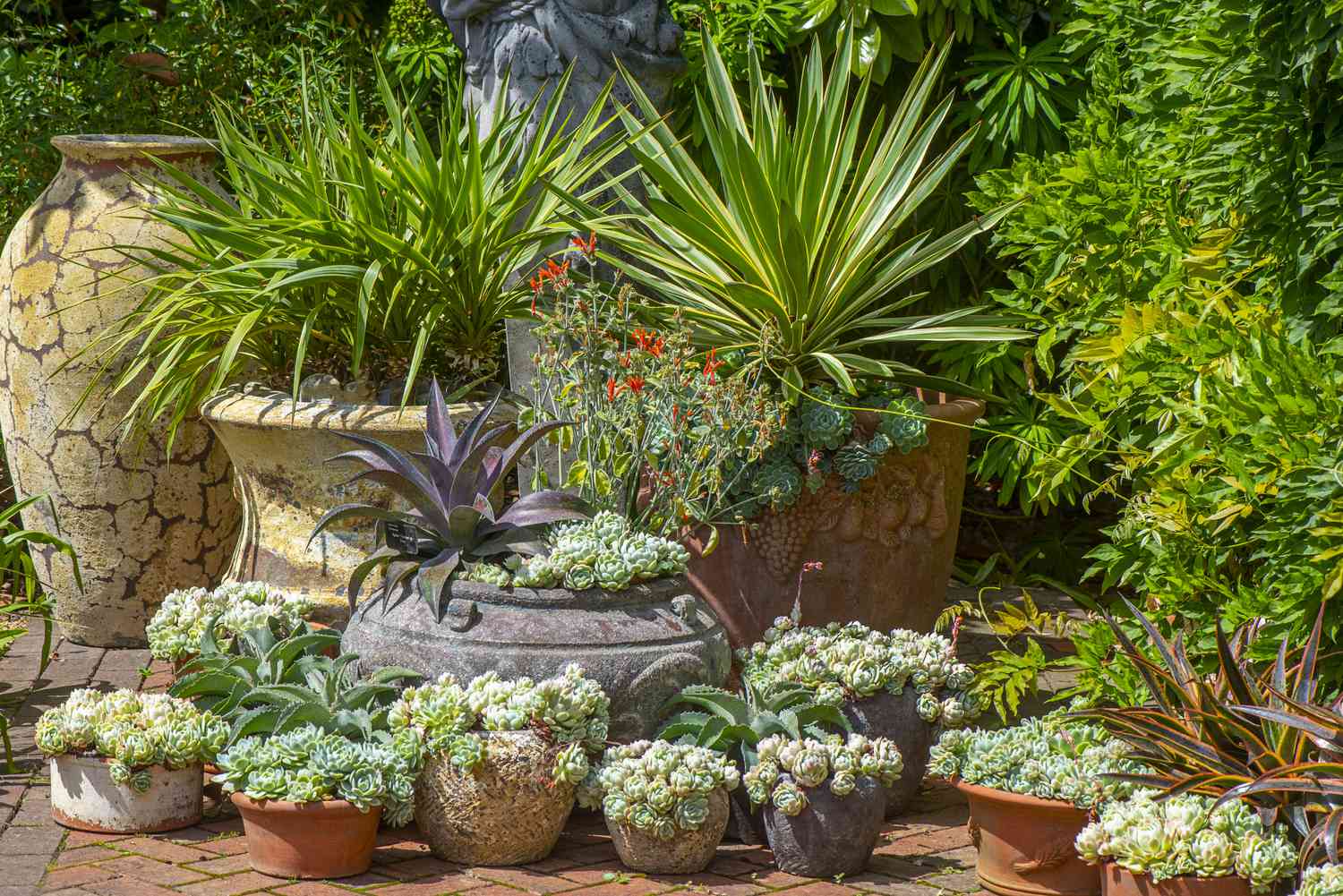
Choosing the right concrete planters affects both the visual impact of your outdoor space and the safety of your walkways and entries. Careful attention to planter style, color, finish, and positioning can make the outdoor area look organized and attractive while also serving practical needs.
Matching Planter Styles With Outdoor Design
Concrete planters come in different shapes such as square, round, or rectangular. Selecting shapes that fit with the lines and structure of a home or garden creates a sense of unity. For houses with modern designs, smooth planters with clean lines suit the minimalist look.
Traditional homes benefit from planters with gentle curves or classic details. Mixing too many shapes can make the area look crowded or messy. Grouping planters in odd numbers, like three or five, usually feels more inviting than using pairs.
Matching the planter design to the style of nearby patios or walkways keeps the look consistent. Using similar textures within the same area helps avoid confusion and gives a neat appearance.
Utilizing Color and Finish Options
Concrete planters are available in a range of colors, from classic gray to earthy browns and bold shades. Colors can be used to highlight certain plants or add a pop of interest. Lighter colors may help make small spaces look more open, while darker finishes can give a grounded, bold look.
A smooth finish feels sleek and is often chosen for modern settings, while a textured or weathered finish works well in rustic or cottage-style yards. Pairing the color of the planters with the home’s trim or door can connect outdoor and indoor styles.
Avoid using too many different colors or finishes in one area. Sticking to 1-2 colors across all concrete planters keeps the outdoor space tidy and easy on the eyes.
Optimal Placement for Aesthetics and Function
Placing planters at main entryways, along walkways, or beside steps can lead visitors naturally and safely toward entrances. It is important to keep high-traffic areas clear, so people have plenty of room to walk. Try setting larger planters at the edges of paths, while using smaller ones near doorways or under windows.
When used on porches or patios, concrete planters can add privacy and help define the space. Grouping planters in varying heights creates visual interest without blocking views.
Planters should not be placed where they could create tripping hazards or block sight lines for drivers. Each planter should feel like it has a purpose in its location. Spacing them well apart invites both beauty and safety.
Conclusion
Choosing the right concrete planter means looking at both safety and appearance. Safe planters have drainage holes, proper thickness, and are heavy enough to stay in place.
Good-looking options come in different shapes and finishes. Smooth lines, textured surfaces, and subtle colors fit many spaces.
A checklist helps make decisions easier:
- Check the planter weight and wall thickness
- Look for drainage
- Pick a finish and size that fits the garden
With this approach, anyone can find a planter that looks good and works well for their plants.

